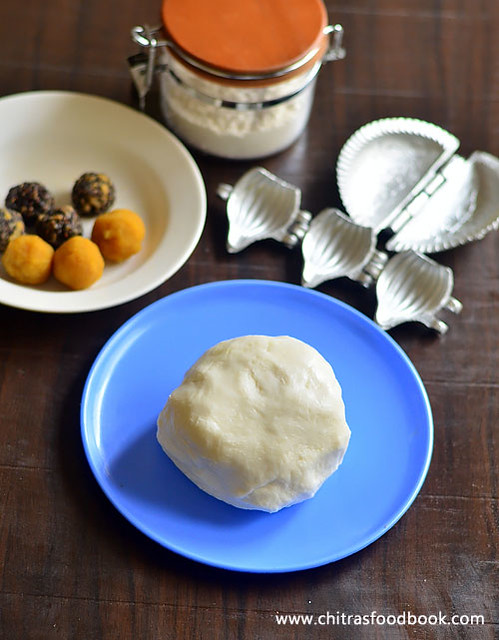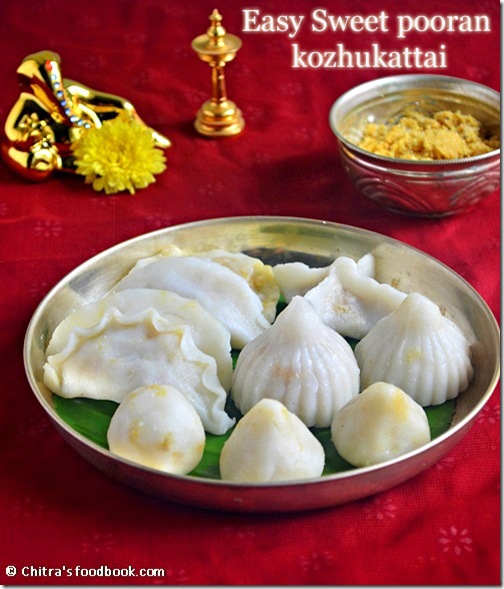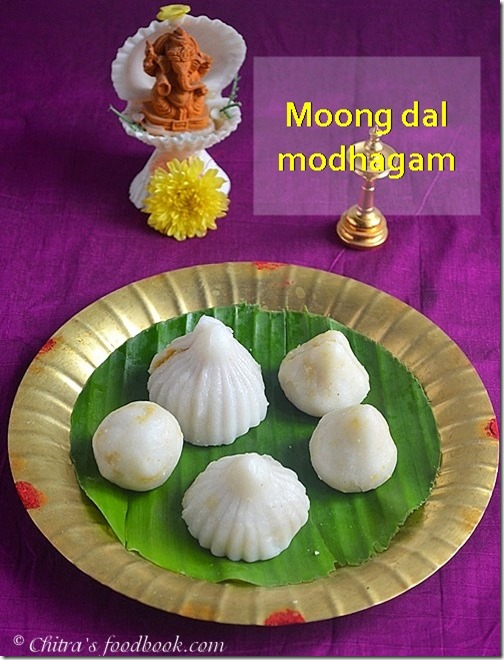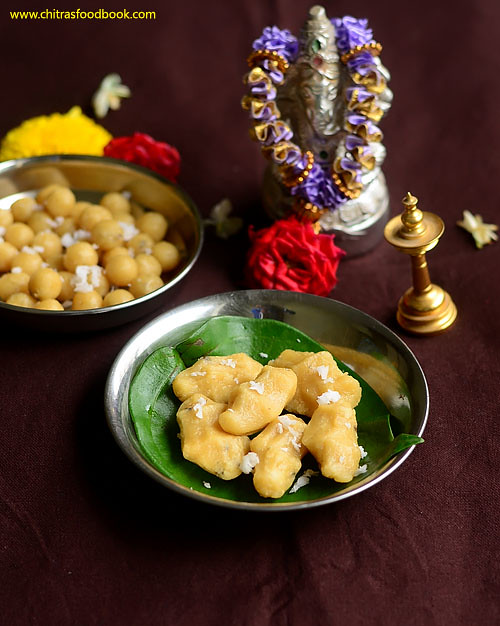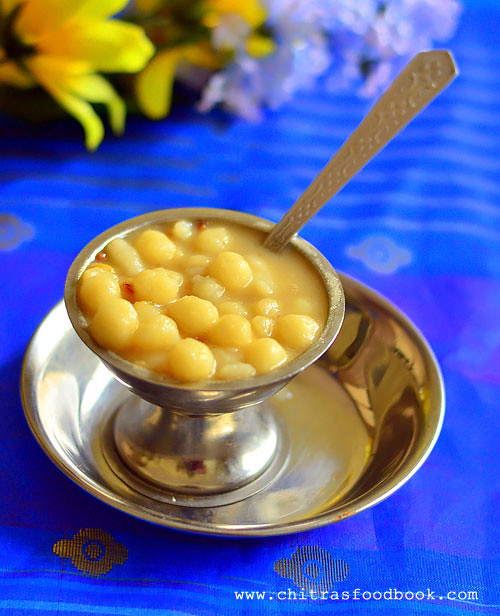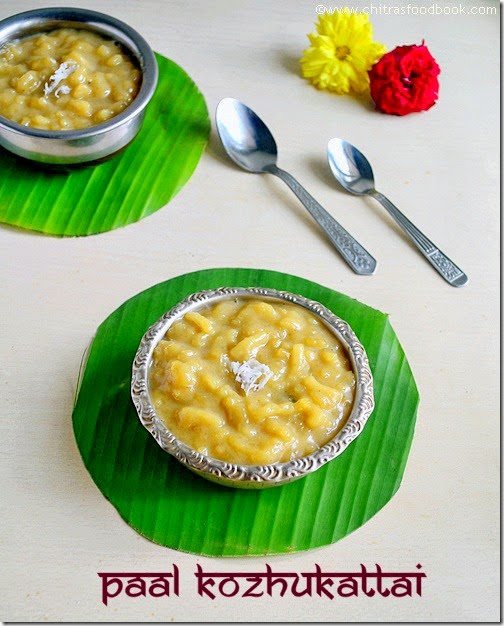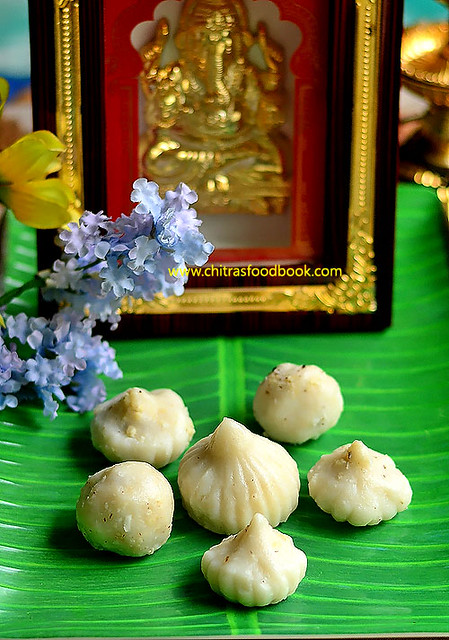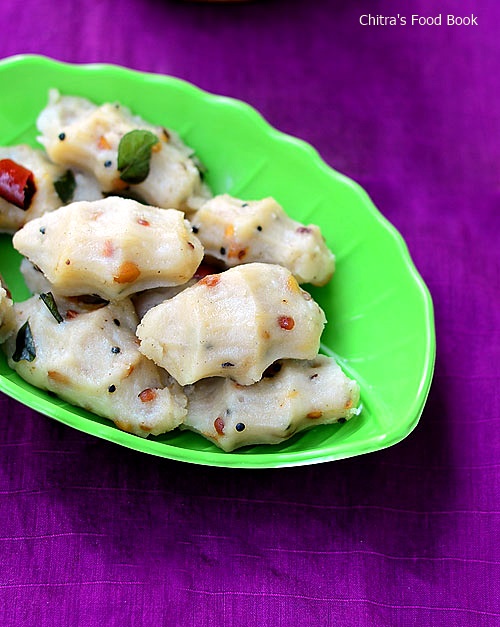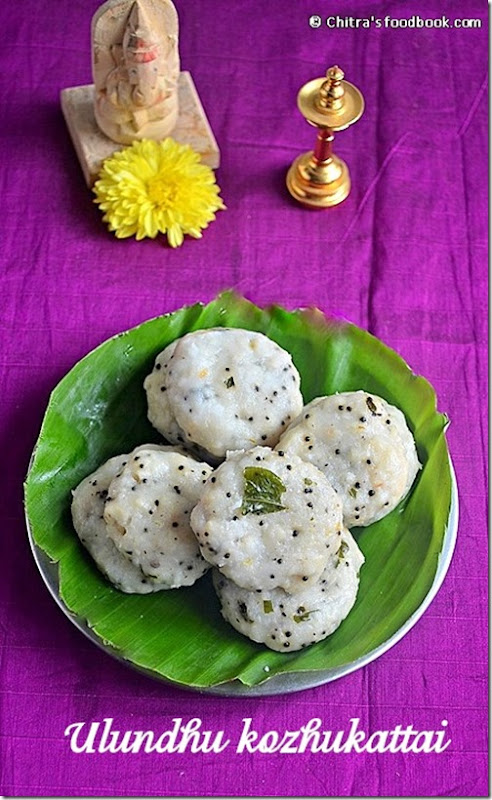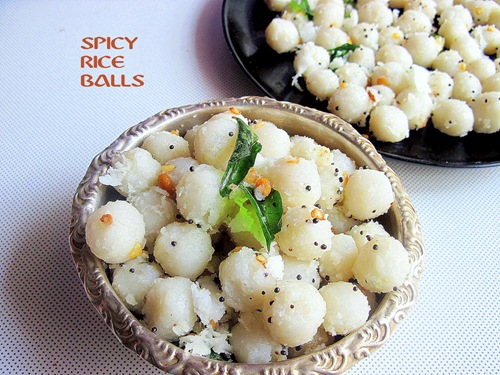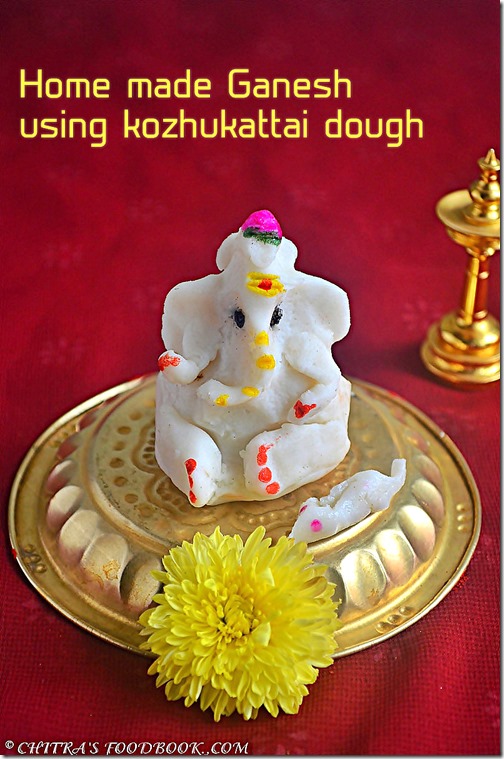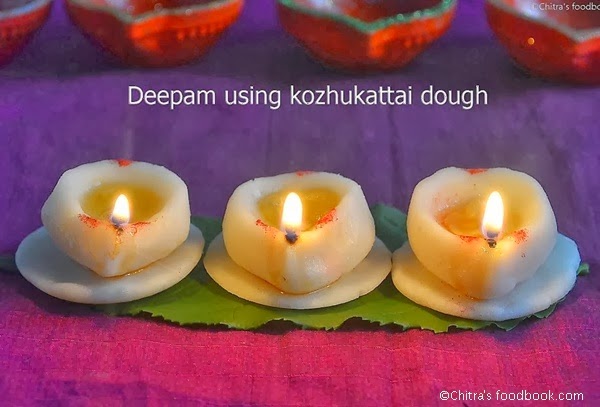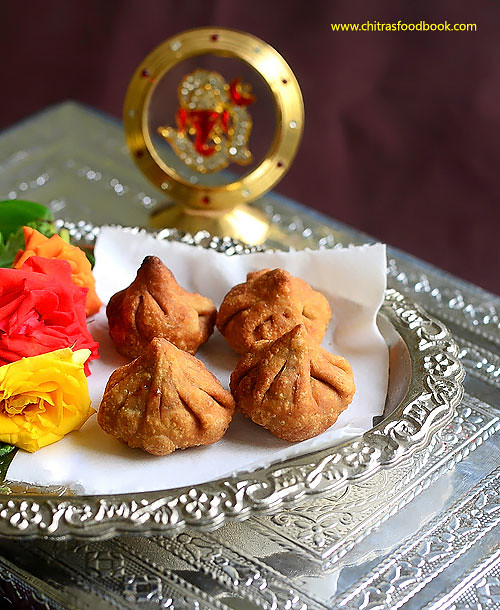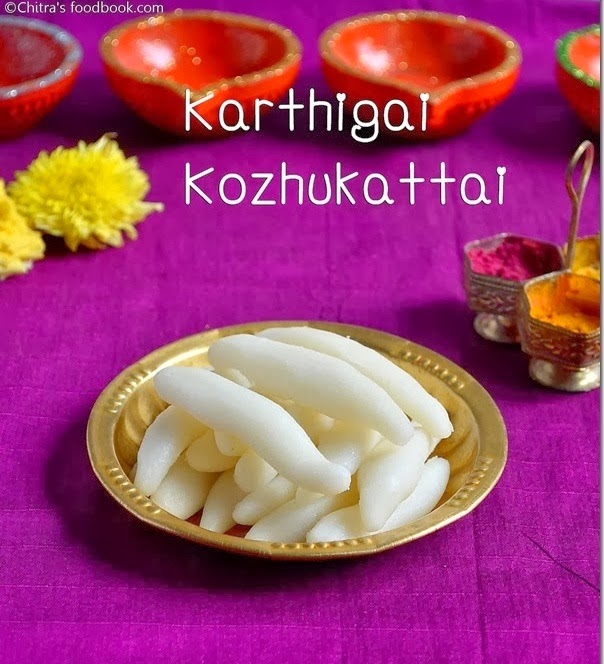My aachi and mom makes semiya javvarisi payasam / sago vermicelli kheer adding nylon javvarisi very often. It can be prepared instantly without soaking and it cooks quickly too. She makes this yummy Indian dessert recipe for all the celebrations, occasions, festivals at home and specially for guests. I have never seen them making semiya payasam without javvarisi. My mom says addition of sago in semiya payasam helps to give more yield and also gives an appealing look to see the transparent tapioca pearls swimming with vermicelli in milk. You would have seen this kind of watery payasam in marraige feast and hotels. They serve in a small cup in drinkable consistency. In my house, both aachi and amma use nylon javvarisi (crystal, small sago) which is commonly found in Tamilnadu. But I have never tried kheer in this combination as I don’t get nylon javvarisi here. I can get white, big, pepper sized sago which we call as maavu javvarisi in Tamil. I thought javvarisi semiya payasam can be prepared only with small sized javvarisi.
Recently when I was talking to my mom and MIL, they told me to try semiya javvarisi payasam using this white sago itself. They told me the method and measurements clearly along with some tips. So I prepared it yesterday for my Thursday Guru pooja. Usually I make white, big sago payasam by soaking it at least for 4 to 8 hours or overnight. But yesterday I prepared this payasam by soaking the sago in hot water for just 15 minutes. It came out so well. I was so happy with the end result. Soon I will try to share this payasam recipe in a pressure cooker easily. For variations, you can use condensed milk / milkmaid instead of sugar.
Friends, now you too can make this yummy semiya javvarisi payasam irrespective of the sago variety by following this recipe with step by step pictures. I have also taken a video but iam yet to edit it. I will try to add the video soon.

INGREDIENTS
Recently when I was talking to my mom and MIL, they told me to try semiya javvarisi payasam using this white sago itself. They told me the method and measurements clearly along with some tips. So I prepared it yesterday for my Thursday Guru pooja. Usually I make white, big sago payasam by soaking it at least for 4 to 8 hours or overnight. But yesterday I prepared this payasam by soaking the sago in hot water for just 15 minutes. It came out so well. I was so happy with the end result. Soon I will try to share this payasam recipe in a pressure cooker easily. For variations, you can use condensed milk / milkmaid instead of sugar.
Friends, now you too can make this yummy semiya javvarisi payasam irrespective of the sago variety by following this recipe with step by step pictures. I have also taken a video but iam yet to edit it. I will try to add the video soon.
Semiya javvarisi payasam

Semiya javvarisi payasam / sago vermicelli kheer in Tamilnadu style.
Cuisine: Indian
Category: Dessert
Serves: 3
Prep time: 10 Minutes
Cook time: 20 Minutes
Total time: 30 Minutes
INGREDIENTS
|
HOW TO MAKE SEMIYA JAVVARISI PAYASAM
- Wash and soak javvarisi in hot water for 15 minutes.
- In the mean time, heat 1 tbsp ghee in a kadai.
- Roast cashew nuts and dry grapes till golden. Remove in a plate.
- Roast semiya for 2 minutes. Remove in a plate.
- Roll Boil 2 cups of water in a vessel. Add the soaked javvarisi.
- Cook in medium flame for 10 to 15 minutes till its semi transparent.
- Add the roasted semiya and cook for another 10 minutes.
- Both semiya and javvarisi will be well cooked, soft and transparent.
- Add sugar, cardamom powder, roasted nuts. Mix well and boil till sugar melts.
- Switch off the flame once payasam becomes thick.
- Add boiled milk at room temperature to the hot payasam. Add half the quantity of milk for thick payasam.
- Mix well and serve!
METHOD - STEP BY STEP PICTURES
Note
|
Try this easy, yummy semiya javvarisi payasam and enjoy !
Technorati Tags: semiya javvarisi payasam,semiya javvarisi payasam recipe,sago vermicelli kheer,vermicelli sago kheer,sago vermicelli kheer recipe,semiya payasam recipe











